Technological Advancements
Technological innovations play a pivotal role in shaping the Through Beam Sensor Market. The development of more sophisticated sensors, including those with enhanced sensitivity and connectivity features, is attracting attention from various sectors. For instance, the integration of IoT capabilities into through beam sensors allows for real-time monitoring and data analysis, which is becoming increasingly valuable in industrial applications. This evolution in technology not only improves the functionality of sensors but also expands their applicability across different environments. As industries seek to leverage these advancements, the demand for cutting-edge through beam sensors is expected to rise, further propelling the growth of the Through Beam Sensor Market.
Rising Industrial Automation
The Through Beam Sensor Market is experiencing a notable surge due to the increasing adoption of automation across various sectors. Industries such as manufacturing, logistics, and packaging are integrating advanced sensor technologies to enhance operational efficiency. According to recent data, the automation market is projected to grow at a compound annual growth rate of approximately 9% over the next five years. This trend indicates a robust demand for through beam sensors, which are essential for detecting objects and ensuring safety in automated processes. As companies strive to optimize production lines and reduce human error, the reliance on through beam sensors is likely to intensify, thereby driving growth in the Through Beam Sensor Market.
Safety Regulations and Standards
The Through Beam Sensor Market is significantly influenced by stringent safety regulations and standards imposed across various sectors. Governments and regulatory bodies are mandating the implementation of safety measures in workplaces, particularly in industries such as manufacturing and construction. Through beam sensors are integral to these safety protocols, as they provide reliable detection of personnel and equipment, thereby preventing accidents. The increasing emphasis on workplace safety is likely to drive the demand for through beam sensors, as companies invest in technologies that comply with these regulations. This trend suggests a sustained growth trajectory for the Through Beam Sensor Market as organizations prioritize safety and compliance.
Growth in E-commerce and Logistics
The rise of e-commerce has led to a substantial increase in logistics and warehousing operations, which in turn fuels the demand for through beam sensors. The Through Beam Sensor Market is benefiting from the need for efficient inventory management and automated sorting systems in warehouses. As e-commerce companies strive to enhance their operational efficiency, the implementation of through beam sensors for object detection and tracking becomes essential. Market data indicates that the logistics sector is expected to grow by over 10% annually, creating a favorable environment for the adoption of through beam sensors. This growth trajectory highlights the potential for expansion within the Through Beam Sensor Market.
Increased Focus on Energy Efficiency
The Through Beam Sensor Market is also witnessing a shift towards energy efficiency as organizations seek to reduce operational costs and environmental impact. Through beam sensors contribute to energy savings by optimizing equipment usage and minimizing waste. Industries are increasingly adopting these sensors to monitor energy consumption and enhance the efficiency of their operations. The growing awareness of sustainability and energy conservation is likely to drive the demand for through beam sensors, as companies look for solutions that align with their sustainability goals. This trend indicates a promising outlook for the Through Beam Sensor Market as it adapts to the evolving priorities of businesses.

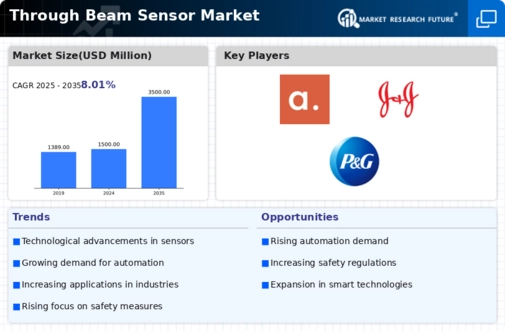
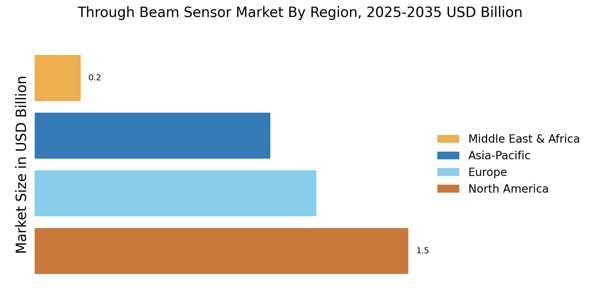

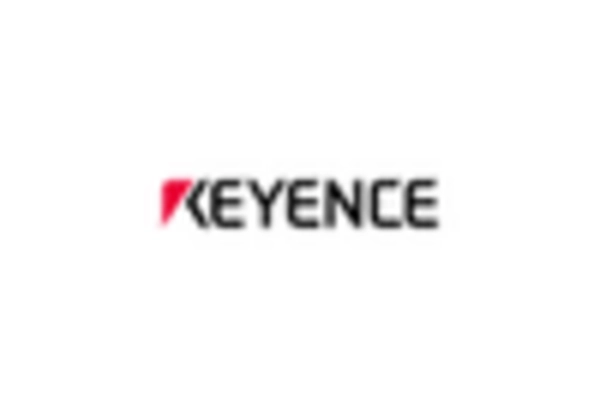
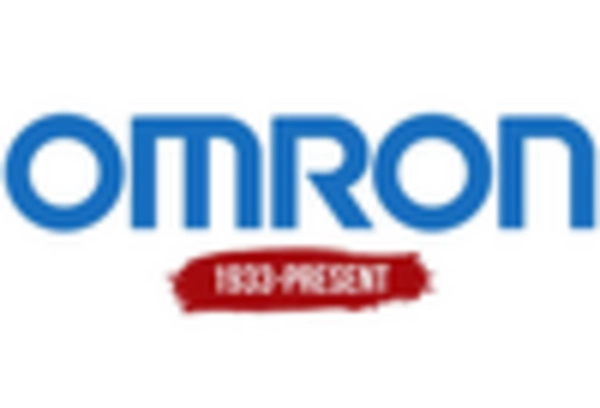
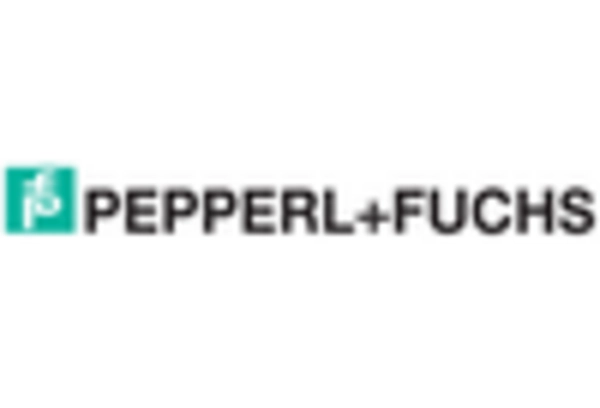

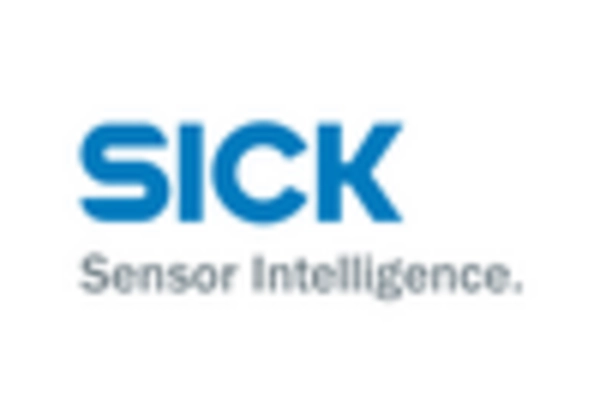








Leave a Comment